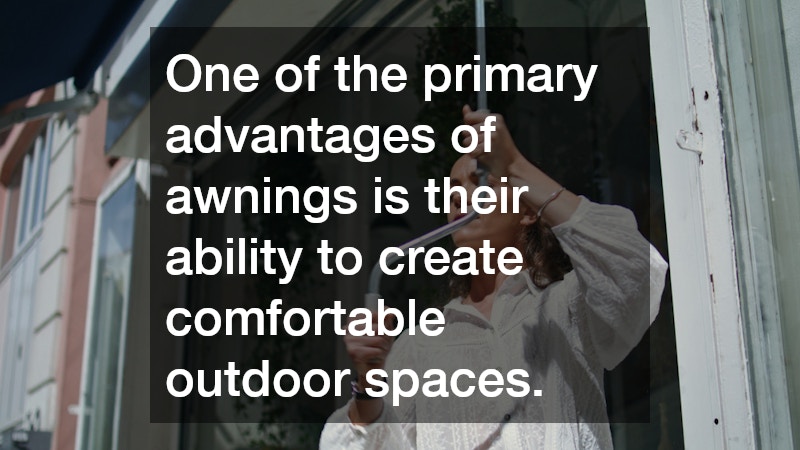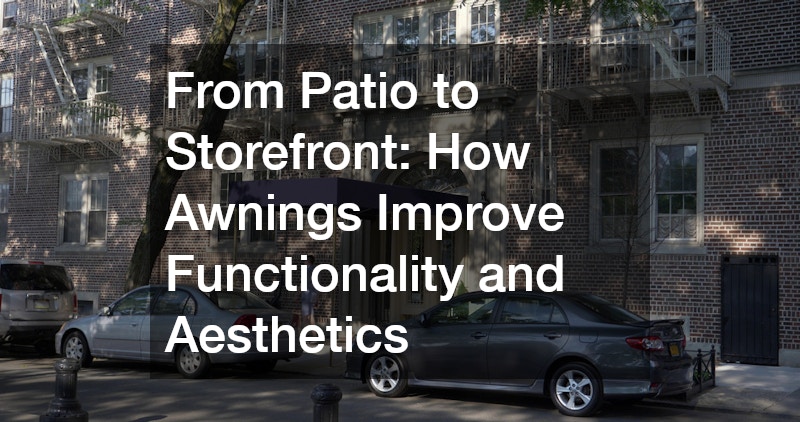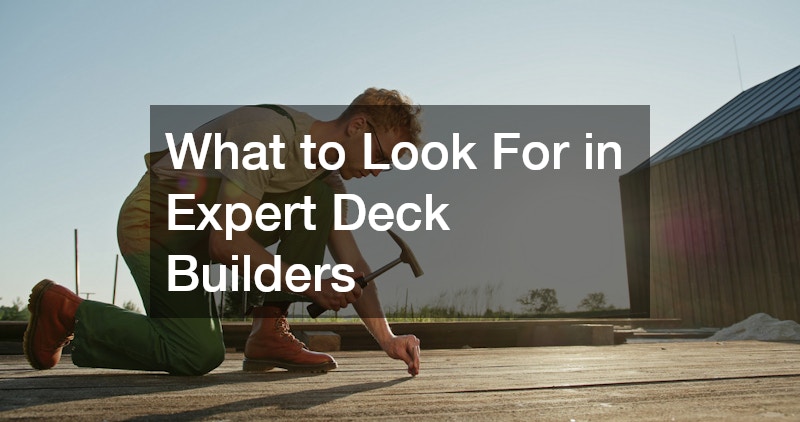Awnings have long been a popular addition to both residential and commercial properties, offering a practical solution to many outdoor challenges while also enhancing the overall appearance of a space. Whether shading a patio, covering a storefront, or adding a decorative touch to a building façade, awnings serve as a versatile element that combines style with functionality. Their appeal extends beyond mere decoration—they provide tangible benefits for comfort, energy efficiency, and business visibility.
Enhancing Outdoor Comfort
One of the primary advantages of awnings is their ability to create comfortable outdoor spaces. For homeowners, patios and decks can become enjoyable retreats year-round when protected from harsh sun or rain. Awnings provide shaded areas that reduce direct sunlight, helping to prevent overheating and protecting outdoor furniture from sun damage. In addition, they allow for outdoor dining, entertaining, or relaxation without worrying about unpredictable weather conditions.
For businesses, particularly cafés or restaurants, outdoor seating is often a major selling point. By installing awnings, owners can create inviting, weather-protected areas for customers, increasing foot traffic and extending usable space. Comfortable outdoor areas encourage longer stays, enhancing the overall customer experience and potentially boosting sales.
Protecting Interiors and Reducing Energy Costs
Awnings are not only beneficial outdoors—they also play a significant role in protecting interior spaces. By blocking direct sunlight from entering windows, awnings help reduce glare and prevent fading of flooring, furniture, and décor. In warm climates, this can also lead to noticeable reductions in indoor temperatures, lowering reliance on air conditioning and reducing energy costs.
For businesses with large display windows, awnings help protect merchandise from sun damage, preserving quality and maintaining an attractive presentation. This is particularly important for retail stores, art galleries, and boutique shops where first impressions matter. The combination of protection and energy savings makes awnings a smart investment for both homeowners and commercial property owners.
Boosting Curb Appeal and Aesthetic Value
Beyond functionality, awnings significantly enhance the visual appeal of a property. Available in a wide range of colors, patterns, and materials, awnings can complement architectural styles and add character to otherwise plain exteriors. For residential properties, they create a welcoming façade and can make outdoor living areas feel more polished and cohesive.
Commercially, awnings are a key branding tool. Custom-designed awnings featuring logos or business colors help attract attention and make a storefront instantly recognizable. They create a professional appearance that communicates quality and attention to detail. Whether traditional fabric designs or modern retractable models, awnings contribute to an aesthetically pleasing exterior that can leave a lasting impression on visitors and customers.
Weather Protection and Durability
One of the most practical benefits of awnings is their ability to provide protection from the elements. High-quality materials withstand sun, rain, and wind, extending the life of outdoor furniture and reducing maintenance needs. During heavy rain or snow, awnings help shield entryways, patios, or storefronts, making daily operations smoother and more comfortable.
Durable awnings are designed to last for years, offering a long-term solution that adds value to any property. Many manufacturers provide materials resistant to fading, mildew, and water damage, ensuring that both the functionality and appearance of awnings remain consistent over time.
Supporting Business Operations
For commercial properties, awnings go beyond aesthetics—they support daily business operations. Shaded outdoor areas attract more customers and provide comfortable spaces for waiting lines, seating, or merchandise displays. Additionally, awnings can be strategically placed to improve visibility from the street, effectively serving as an additional marketing tool.
Restaurants, cafés, boutiques, and even office buildings benefit from this dual functionality. A visually appealing awning signals professionalism and care, while also serving practical purposes that enhance the overall customer experience. By integrating awnings thoughtfully into a property’s design, businesses can maximize both operational efficiency and aesthetic appeal.
Maintenance and Longevity
Maintaining awnings is relatively simple compared to other outdoor features. Regular cleaning and inspections help prevent buildup of dirt, mildew, or debris, ensuring the material remains in good condition. For retractable models, periodic checks of the mechanical components help maintain smooth operation. With minimal maintenance, awnings can continue to deliver benefits for many years, making them a cost-effective investment for homeowners and business owners alike.
From residential patios to commercial storefronts, awnings are a practical and stylish addition to any property. They provide shade, protection, and energy efficiency while simultaneously enhancing visual appeal and curb appeal. Customizable options, durability, and ease of maintenance make awnings a versatile solution that combines functionality with aesthetics.
By investing in high-quality awnings, homeowners can create inviting outdoor living spaces, while businesses can attract more customers and elevate their brand image. With benefits ranging from weather protection to increased comfort and long-term savings, awnings are more than just decorative features—they are essential components that add value, style, and functionality to any property. Whether you are looking to upgrade your patio or revamp a storefront, professional awnings offer a smart solution that enhances both form and function.




